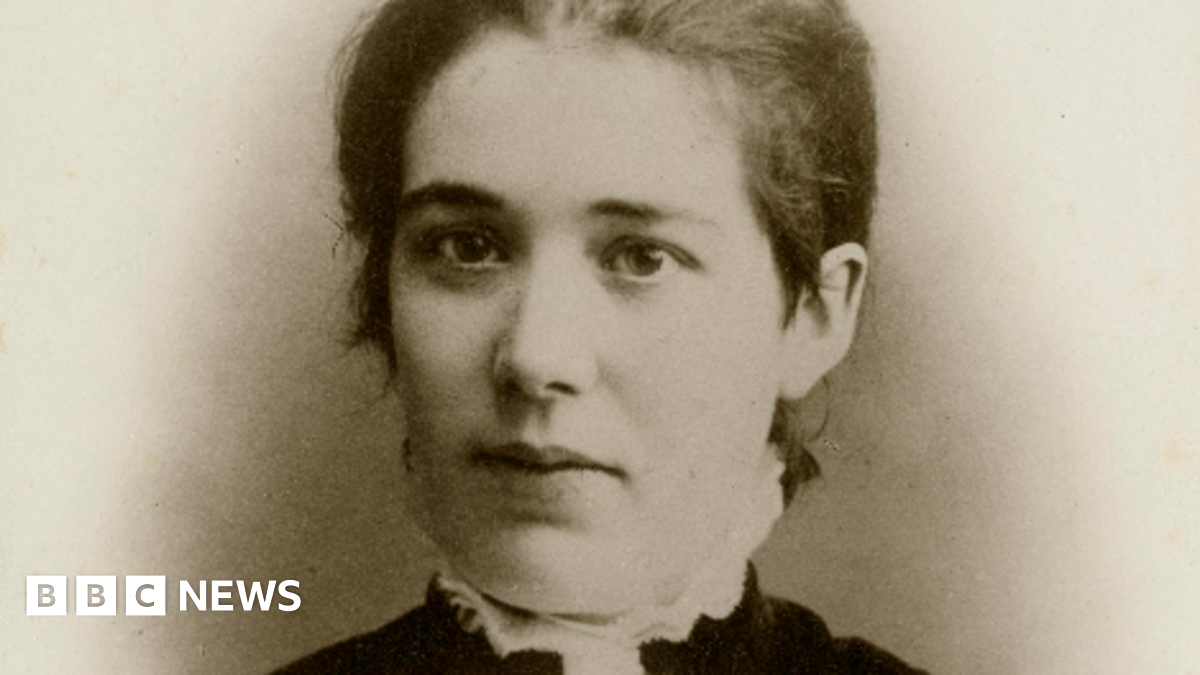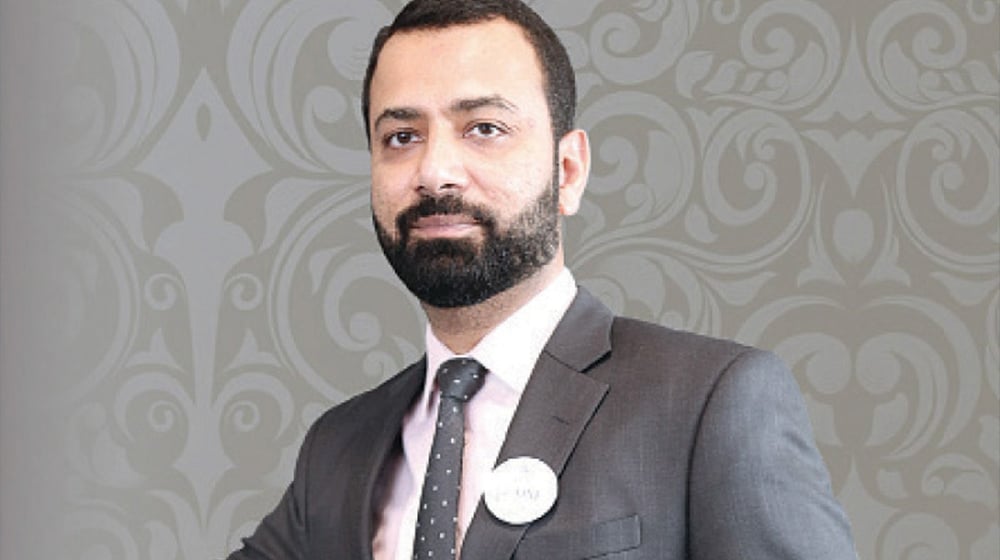Mr van Uden said: “My thinking behind the programme was to get some new and younger voices as well, we’ll do more ‘in conversation’ talks and we’ve got a BSL-signed event [British Sign Language] make it more accessible.
“We’ve also got a talk…

Mr van Uden said: “My thinking behind the programme was to get some new and younger voices as well, we’ll do more ‘in conversation’ talks and we’ve got a BSL-signed event [British Sign Language] make it more accessible.
“We’ve also got a talk…

During her short life, plagued by ailing eyesight and hearing, Ms Morrison went on to edit the biannual journal Mannin and inspire the first Manx Dialect Theatre shows in the early 1900s.
Both were attempts to encourage the island’s cultural…

RoboForm is a password manager that helps users store and manage login credentials, identities, and other sensitive information in one place. The app is available on macOS, Windows, Android, and iOS. It uses AES-256-bit encryption and a…

 The Wheel Life Liverpool
The Wheel Life LiverpoolThe leader of Liverpool City Council has accepted there is “a lot of work to do” to make its Christmas market more…

A critical incident caused by a shortage of surgical instruments saw a hospital trust cancel about 1,300 surgeries over the course of a couple of weeks.
Wirral University Teaching Hospital NHS Foundation Trust (WUTH), which runs Arrowe Park and…

ISLAMABAD – In an effort to provide relief to the public on the occasion of the New Year 2026, the government is considering a major reduction in petrol prices.
Reports said a decrease of up to Rs10.60 per liter is proposed for petrol starting…

Meezan Bank Limited has announced the appointment of Dr. Syed Amir Ali as its new President and Chief Executive Officer, effective December 30, 2025.
Dr. Amir Ali succeeds Mr. Irfan Siddiqui, the founding President and CEO, who has led the bank since its inception.
In a notification to the Pakistan Stock Exchange, Meezan Bank’s Board of Directors expressed deep appreciation for Mr. Siddiqui’s visionary leadership and tireless efforts in establishing the bank as a pioneer and leader in Pakistan’s Islamic banking sector.
The Board credited Mr. Siddiqui’s commitment and pioneering role as instrumental in laying the foundation for Islamic banking in the country and driving the bank’s remarkable growth.
Mr. Irfan Siddiqui will continue to serve as a member of Meezan Bank’s Board of Directors.

A fundraiser who tried out 90 new things before turning 90 for charity has been recognised in the King’s New Year Honours.
Malcolm Metcalf, now 92, from Gorleston, Norfolk, has been awarded a British Empire Medal for voluntary services to his…

9pm, Channel 5
“It’s funny how the taxman always writes to you in brown paper, isn’t it? I think they must know what you’re going to do with it afterwards.” For the first time, these recently discovered recordings…

EUGENE, Ore. — The No. 6-ranked University of Michigan women’s basketball team got a layup from Olivia Olson with five seconds remaining in the first overtime to force a second, where U-M put up 16 points to Oregon’s 11 to grind out a 92-87…